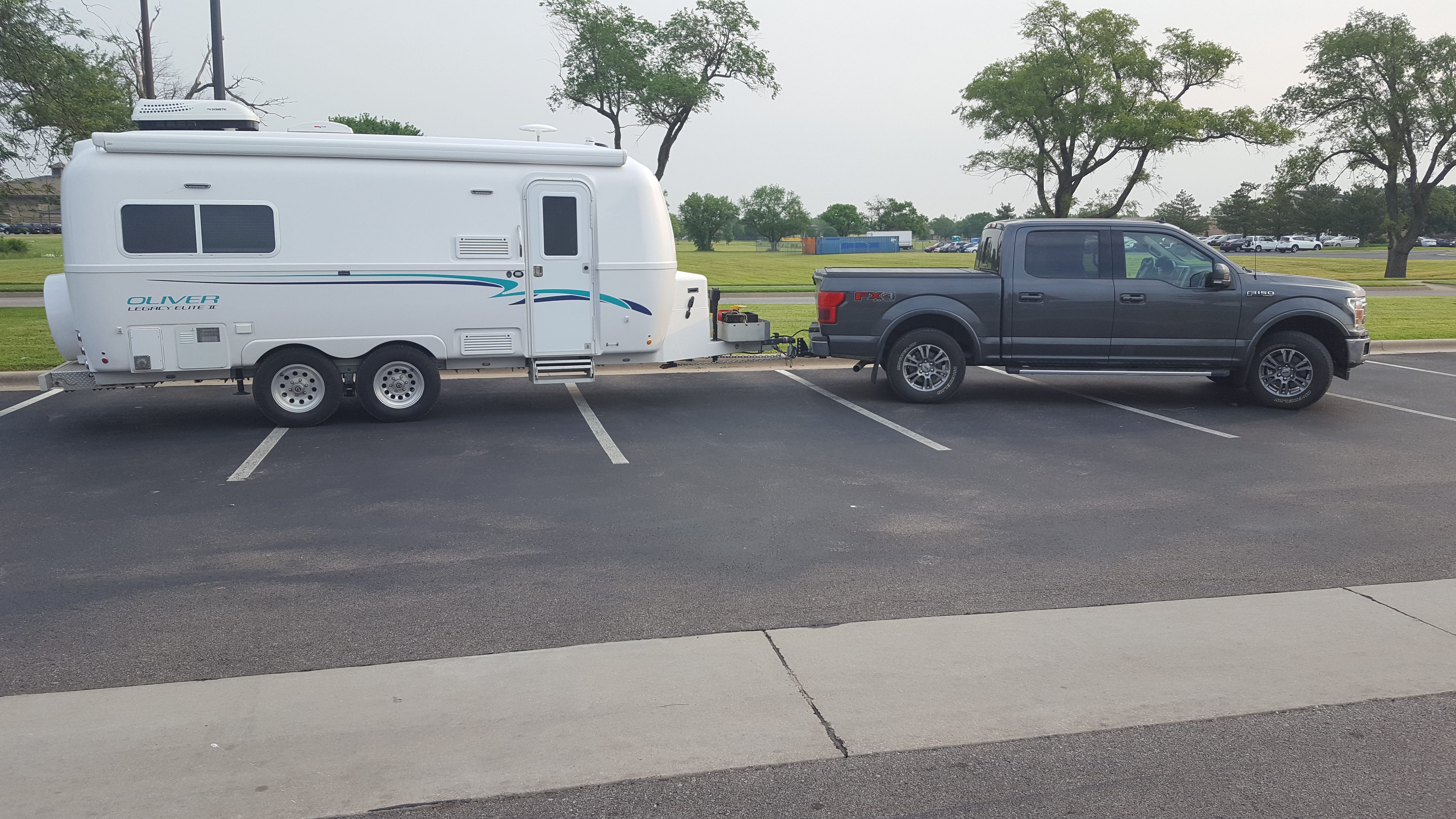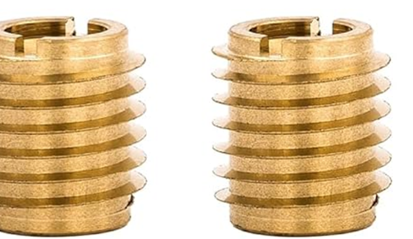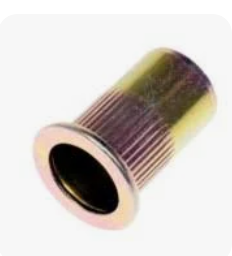-
Posts
2,212 -
Joined
-
Last visited
-
Days Won
63
Everything posted by Geronimo John
-
JD: I also do not use the auto change over valve. For those of us who want to know when a tank has run dry, why not replace the change over valve with a "T". Then replace the getting gray hair OEM hoses with less "tight turns" ones that the change over OEM setup has. All: Any unintended consequences that come to mind would be appreciated. PS: I do think it wise to carry a spare regulator. Would be interested in a good brand. Below is what over the years I harvested from several owners: GAS REGULATOR: · The OEM Hull 505: GR-9984XF with 345,000 BTU from the Main Service Cylinder. · Possible Smaller Replacement Part if above is not available: GR-9994XF has 262,500 BTU PROPANE REPLACEMENT HOSES: 12” with 90⁰ Street Elbow Preferred Topgun2 Cautions: A couple of notes: Check the size of the connections on the hoses. Be careful that you do not over-tighten the fittings. I believe that the torque setting is 25 foot pounds (confirm this). Use yellow "gas" tape or gas pipe dope. May need a ¼” male NPT X ¼” Female inverted flare fitting.
-
JD: I do wish I had your "Super Power" system. Our three Battleborn's pale in comparison. Regardless, Battleborn advise for 8 months of storage where a deep freeze is possible mirrors your concept. They stated to Equalize, and then draw down SOC to 60% SOC. Kill alll power flow via a master switch and let it go for the winter. So far it works well. I typically find 8 months later that the SOC has only dropped a couple of percent at most. Their logic is that in our case the Battleborns may freeze, but with ZERO power draw until the next summer they thaw and all is good to go. Up on arrival I record the SOC and equialize within a few days. GJ
-

Humidity Spikes - Cielo Testament
Geronimo John replied to Ronbrink's topic in Mechanical & Technical Tips
Not me. The two mods FIXED the Houghton Set 2 humidity issues and short cycling. But as previously stated, the mods are not something many owners would want to risk. GJ -
Just about every owner's location can impact the winterized trailer. In addition to studying your battery Owner's Manual, I suggest that you contact your battery MFG and state the conditions you will be storing your Ollie, for how long, and if power is always available there during the winter. GJ
-

How to Insert Rear Window Screen
Geronimo John replied to Alberta and Randy's topic in Mechanical & Technical Tips
Is this correct, or is it mounted from inside of the trailer, just inside the window track? Asking as I have the same problem you solved. Thanks GJ -

Winterization Issue (As Storm Approaches)
Geronimo John replied to Cort's topic in Mechanical & Technical Tips
Was in travel status CONUS. Now back in HI. I'm a little late in this conversation. You have a relatively new Chevrolet Express 4x4. Likely with their max tow capacity of up to 10,000 pounds. Why worry with the tank valve issue and just get down to a lower campground? GJ -
I agree with both of the above. We are incontact with the bumpers and frame typically at the dump station and when hitching up. Maybe a few times during our stop. BUT the steps are the one that could get most of us.... many times a day. Not just casually, but when one foot is on the step and the other contacts the earth. GJ That said, I'll not be changing our PI Power Mgt System any time soon. Two other things that I do keep top of mind when working electricl are: Situations where "The Step Potential" could be in play Forgetting to keep one hand in my pocket when working a open hot panel or device.
-
These fasteners rely on the strength and having thicknes of the mounting board. I prefer to use Rivet Nuts (AKA RivNuts/Blind Flange Nuts). They have the advantage of expanding on the far side of the connection as well as board strength for pullout. I've found them to be quite strong when the surface being mount to is solid. Would not work on "foam board", but for PVC and metal they are super... at least from my experience.
-
Foggy Memory Reason: Because so many of our owners have great names, but I had never seen it named "Ollie", short for Oliver. Hence a unique name that I can actually remember. And my trailer's name gets mentionedd every time someone says Oliver! Hence it wins the most popular name award. Real Reason: I didn't have a creative name that I liked. LOL GJ
-
Totally agree with Mossey. As to a product to use with your next size screws I would consider is a small tube of silicon sealent/adheasive. It will allow removal of your new Stainless Steel screws, yet help keep them in place. Thanks for your post. Frankly I have never really LOOKED at mine. Will do shortly! Geronimo John
-
Ollie of course! 🙂
-
Why?
-
With ALL the mod's John d dis on his trailer, I would have no doubt that 50 was what the chart indicated for his trailer weight. GJ
-

2026 YM Oliver awning style windows and other changes
Geronimo John replied to Patriot's topic in Ollie Modifications
Ditto. I also like having multiple energy sources vs. all electric. As stated if you are tied to the shore power for all energy needs that is fine. Unless you have a problem and then one would be SOL. At least with Propane, Battery and Shore power there are work arounds that can employed. Options make for a better experience. All eggs in one basket not so much from my experience anyway. GJ -

2026 YM Oliver awning style windows and other changes
Geronimo John replied to Patriot's topic in Ollie Modifications
I hope that the induction stove is an option not a required. If not an option, and elimination of gas, then the lithiium package would need to carry a lot of load for heat, convection oven and induction oven. Not realistic from a solar regen perspective. Generator would be needed. Maybe one larger than a Honda 2200i. GJ -

Cannot pump water from fresh tank
Geronimo John replied to Chris Scarff's topic in Mechanical & Technical Tips
And all the piping as well! -

Water Pump Switch in Bathroom
Geronimo John replied to David and Gail's topic in Mechanical & Technical Tips
Yes and no. The travelers will turn on/off the pump regardless of which is attached to the switch outside terminals. But they do make a difference. Many like having a circuit OFF when both switches are down. If yours is this way, do nothing more. If the pump is off with one switch up and the other down, then reverse the two traveler wires and you will be happy. Said differently, if the pump is on when the bath switch us down, reverse the travelers. Hope this helps. GJ -

Some feedback on the Houghton air conditioner
Geronimo John replied to Minnesota Oli's topic in Ollie Modifications
For out west the 9.5k BTU would not be my choice. Our 13K unit works like a charm. Has RecPro modified the design for new ones that have a remote Thermistor and compressor shut down when the fan shuts off? I heard that they may have a fix to use the existing drain, True? GJ -

Some feedback on the Houghton air conditioner
Geronimo John replied to Minnesota Oli's topic in Ollie Modifications
Is yours a Set 2 unit? If yes, did you do the two mods? thanks GJ -
I have extensive experienece with carbon fiber vs alloy aluminum for structural components under heavy load. Specifically in critical components such as hang glider frames. I have many times put my life on the line with them in that sport. They are strong and reliable... until they are not. When they fail, the consequences are generally been dire. This happened to two of my free flight friends. They died. The problem is that carbon fiber components are extremely difficult to inspect for tell-tale structural failure. With aluminum, for most spars, we see micro crazing then small cracks. They grow as the structural intregruity deteriorates. I no longer fly or use carbon fiber for life safety applications. The reason is that the inspection technology to ensure they are still safe to use is way way beyond what the average owner can do at home or in the field. GJ
-

Made in USA leaf springs
Geronimo John replied to Mountainman198's topic in Mechanical & Technical Tips
Some would also say that the brakes will need inspection occasionally as well. GJ -

Made in USA leaf springs
Geronimo John replied to Mountainman198's topic in Mechanical & Technical Tips
The number is way north of double that. GJ








